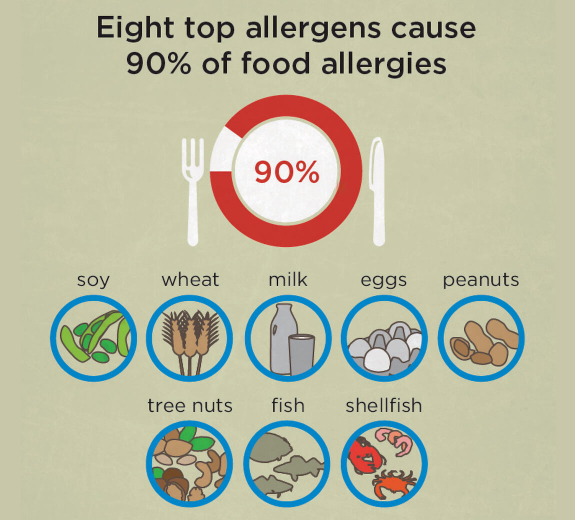“If we understand more about how IL-33 works, we can find the best ways to modify the pathway and hopefully stop food allergies,” says Steven F. Ziegler, PhD, BRI’s director of Academic Affairs and the Immunology Research Program.
Dr. Ziegler and co-investigator Karen Cerosaletti, PhD, BRI research associate member, recently received a $2.9 million grant to expand this research. Collaborators will include Virginia Mason, Stanford University Medical School and Asthma Inc.
“By studying blood samples of people with peanut allergies and building model systems of food allergic responses, we’ve discovered that IL-33 is critically important throughout the development of peanut allergies and perhaps all food allergies,” says Dr. Ziegler. “It’s very exciting that currently therapies are being developed to target IL-33 in other allergic diseases.”





